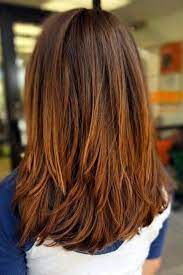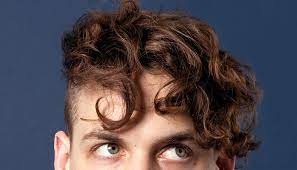
Black hair comes in many styles. It can be styled, twisted in various ways, braided, curled, or straightened – even styled into an Afro, Cornrows, or Mohawk!
Afros
Afros are an iconic symbol of self-love and pride and have grown increasingly fashionable across the US. More women than ever before are opting for wearing their natural locks even in professional settings; it is encouraging but essential to remember that an Afro may be more fragile than straight locks, so care must be taken when handling it.
Mistreatment of Afros can often come from those unfamiliar with them. That is why it’s vital to gain more information about this style and its history – before white colonizers arrived in Africa, tribal styles were widely worn and used as markers to define status, hierarchies, and roles within tribes.
Interested in giving your afro an extra sparkly flourish? Try adding vibrant hues with professional salon coloring services – taking extra care with this delicate hair type is essential!
Cornrows
Cornrows are an elegant style that can be applied to hair of any length. They create an eye-catching effect by framing the face and framing facial features in such a way as to complement any facial structure; particularly helpful for women with full cheeks or prominent jawlines as it balances them out.
Although cornrows can protect their hair, black women can also wear them aesthetically to add fullness and thickness to their locks and elegance to any ensemble.
Cornrows have significant cultural meaning for people of African origin people. Cornrows represent heritage, community, and strength – yet misusing this look could negatively affect their culture; therefore, understanding how best to use this hairstyle correctly is vital for maintaining African cultures. Celebrities such as Alicia Keys, Laverne Cox, and Beyonce are known for sporting cornrows on red-carpet events, demonstrating versatility.
Braids
Braids are an effective protective style for natural hair, helping keep it moisturized and free of damage while adding length, color, or texture to your style. Plus, they can last months!
Historical accounts demonstrate how braids were an essential element of African culture, serving to display age, marital status, wealth, religious beliefs, and power. Thus, non-Black individuals must be wary when wearing certain braid styles that may constitute cultural appropriation.
Beyonce’s Lemonade braids are an iconic example of this. Made up of tightly spaced cornrows that overlap on both sides of her head and are spaced tightly symmetrically on either side, these styles often incorporate beads or cuffs for additional flair and personal expression. No matter the cost or time involved in creating them, their results make the effort worthwhile.
Mohawks
Mohawks are an indigenous group living across Canada and the United States that are part of the Iroquois Confederacy. Historically, their society consisted of matrilineal societies where members were related through their mothers; furthermore, Mohawks adhere to an egalitarian code of conduct with solid spiritual elements, possessing strict codes of conduct for behavior as well as spiritual solid connections that connect all members in society. They are proud of their culture and language heritage yet face challenges like poverty, drug abuse, and illiteracy.
Historically, male members of the Mohawk tribe and other Iroquois groups (such as members of other Iroquois tribes) would shave their heads except for a central scalplock or crest and add a feathered headdress adorned with feathers for special events like dances. Although this hairstyle was popular with warriors across many tribes, Mohawk warriors were known for their style and elegance. Women also often sport long braided hairstyles like this; today, some even add feathered headdresses for special events like dances.

